Diabetes and COVID-19
It’s been 407 days since the first case of COVID-19 was reported in the United States. And while it feels like we’ve made little progress to slow the spread and get back to our “old normal,” researchers, scientists, medical professionals, and community leaders around the world are working day in and day out to help put us on a path of healing, strength, and resilience.
With their hard work we’ve gone from limited testing to rapid testing. From no vaccine to mass vaccinations. And for us diabetics, from understanding that we’re high risk but not understanding what that means, to now getting cut out of priority vaccinations (for those with type 1)?
Needless to say, there are a lot of moving pieces and information out there. So I wanted to take a moment to compile and cull through all of the articles and studies available to help answer key questions for the diabetes community when it comes to COVID:
HOW IS COVID-19 DIFFERENT FOR PEOPLE WITH DIABETES?
Studies have shown that for both type 1 and type 2 diabetes, the risk of severe illness and hospitalizations is much higher (three to four times) than those without diabetes—but that this elevated risk is mostly limited to folks with diabetes who have high A1cs, diabetic complications, high BMIs, comorbidities, and/or are older.
One doctor says on TCOYD, “If your glucose control is really good, your A1c is around 7, your risk for getting the coronavirus is no higher than anybody else in the community.”
Another shares with JDRF, “Don’t worry about being at 6 vs 7.3. You are not at any greater risk. If you are in good control, you will have better outcomes. For people who have an A1c of 12, yes, they’re considered high risk, and I am worried about people who have A1cs that are that markedly elevated because I worry that their immune systems are not going to be able to fight this off as effectively as people who have better control.”
See:
HOW HAVE DIABETICS WHO’VE GOTTEN COVID MANAGED THEIR HEALTH?
Type 1 Stories:
Cynthia Katsingris (T1D for 30 years)
“With diabetes, we are always analyzing our data in order to create and increase desired outcomes. I tackled COVID-19 in the same way: what are the obstacles, what helps remove the obstacles, and what supports my return to health?”
Ashlee Ernst ( T1D for 15 years)
“I also was pushing fluids. That’s such an important thing whenever you’re sick with anything to be drinking a lot of fluids. And I also made sure that I was keeping carb intake up. So if I wasn’t hungry for a meal, I would have some carbs through liquid or any way just to be sure that I didn’t start getting fasting ketones.”
Kimberly Ishoy (T1D for 41 years)
“The one thing I knew was that my immune system had to stay strong if I was going to fight this, and my best bet for that is as stable blood sugars as I can get”
Type 2 Stories:
Ursula Louw (T2D for 3 years), Mogamisi Motshidisi (T2D for 6 years), and more
“My advice to my fellow diabetics is please monitor your blood sugar levels! I was OCD about asking the hospital to pay particular attention to my sugar levels.”
Jorge Zambra (T2D for 15 years)
“To process what he went through, Zambra is seeing a counselor and putting pen to paper – to date he has composed several poems about his experiences in the hospital.”
WHAT CAN I DO TO MITIGATE MY RISK OF SERIOUS ILLNESS IF I GET SICK?
Sources like the American Diabetes Association and New York Presbyterian note that taking measures to prevent diabetic ketoacidosis, keep tight control of blood sugar levels, and maintain overall strong health (sleep, hydration, nutrition, exercise) are important for diabetics who become sick with COVID.
WHAT CAN I DO TO MITIGATE MY RISK OF GETTING COVID?
The CDC recommends three key actions to stop the spread:
Correct and consistent mask usage
Social distancing (at least 6 feet away)
Avoiding crowds
Here are some guidelines for mitigating risk while recreating outdoors:
WHAT’S UP WITH THE VACCINE?
Two major vaccines have been approved and are being rolled out as we speak (Pfizer and Moderna). Experts agree that the vaccine is safe for diabetics. Both included diabetics in their critical trials (3,150 for Pfizer and 2,858 for Moderna according to diatribe) and no major side effects were reported amongst diabetics in the trials. Beyond Type 1 notes that diabetics should keep a close eye on blood sugar levels 24 to 48 hours after getting the vaccine, as mild symptoms can impact BG.
WHEN CAN I GET VACCINATED?
Vaccine rollouts are conducted on a state-by-state basis, and while there is wide variation in rollout strategy, states utilize the CDC’s recommendations as a point of reference.
As of today the CDC places type 2 diabetes in the “increased risk” category and type 1 diabetes in the “might be at increased risk” category, lumping those with type 1 diabetes into the general population for vaccine eligibility in many states despite research indicating increased risk for type 1.
Organizations like JDRF and ADA are urging the CDC and public officials to prioritize both type 1 and type 2 diabetes in vaccination plans, and you can take action too. Check out the table below as well as JDRF’s vaccine access guide which includes tips and tools like this template letter to send to key policy influencers in your state.
Living with T1 Diabetes
Aya Tsuruta
Aya is a marketer, environmental steward, outdoorswoman, and member of T1D nation (since '97). Through life's ups and downs she's found joy, solace, and strength in the outdoors—on the trails, at the crag, and under the stars—and is passionate about helping other diabetics feel safe and confident outside.

